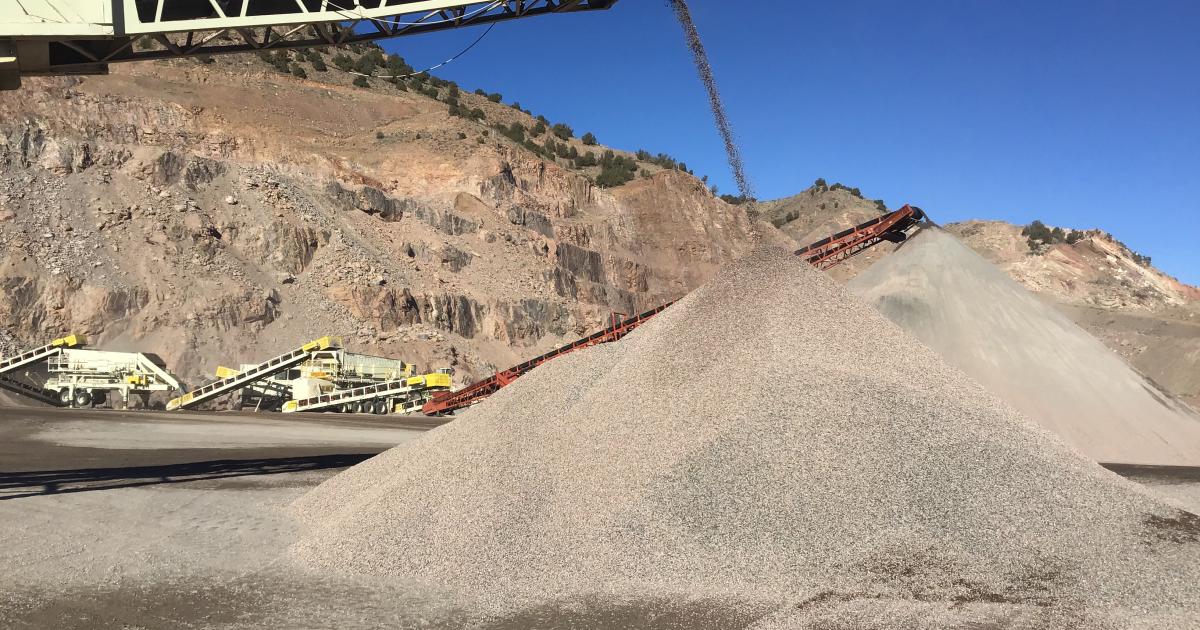Mining, a crucial industry that fuels economic growth and provides essential resources, has long been a double-edged sword. While it contributes to global development, it also leaves behind a trail of negative impacts that cannot be ignored. In this article, we will delve into the seven significant adverse effects of mining, shedding light on the hidden costs and consequences that often go unnoticed.
- Environmental Degradation:
Mining operations can wreak havoc on the environment, leading to deforestation, soil erosion, and habitat destruction. The extraction of minerals often involves the removal of vast amounts of topsoil, disrupting ecosystems and endangering biodiversity. Additionally, the release of toxic chemicals and heavy metals into water bodies can contaminate local water sources, posing a threat to both aquatic life and human health. - Air and Water Pollution:
Mining activities release a substantial amount of pollutants into the air and water. Dust and particulate matter generated during excavation and transportation can contribute to respiratory problems and air pollution. Moreover, the use of chemicals such as cyanide and sulfuric acid in mineral processing can contaminate water sources, rendering them unfit for consumption and agricultural use. - Climate Change Impact:
Mining operations are significant contributors to greenhouse gas emissions, primarily through the burning of fossil fuels for energy and transportation. The extraction and processing of minerals also release methane, a potent greenhouse gas. These emissions contribute to climate change, exacerbating global warming and its associated impacts, such as rising sea levels and extreme weather events. - Land Subsidence and Instability:
Underground mining can lead to land subsidence, causing the ground to sink or collapse. This phenomenon poses risks to infrastructure, including buildings, roads, and pipelines, jeopardizing the safety of nearby communities. Moreover, the extraction of minerals can weaken the stability of the land, increasing the likelihood of landslides and soil instability. - Social Disruption and Conflict:
Mining activities often disrupt local communities, leading to social conflicts and tensions. The influx of workers can strain local resources and infrastructure, leading to increased competition and inequality. Moreover, the displacement of indigenous peoples from their ancestral lands can result in the loss of cultural heritage and traditional livelihoods, further exacerbating social unrest. - Health and Safety Risks:
Miners face numerous health and safety hazards due to the nature of their work. Exposure to dust, toxic chemicals, and noise can lead to respiratory diseases, occupational illnesses, and hearing loss. Additionally, accidents and collapses in mines can result in injuries and fatalities, highlighting the need for stringent safety regulations and practices. - Economic Dependence and Resource Depletion:
Overreliance on mining can create economic vulnerabilities for countries, as it often leads to a lack of diversification in the economy. Furthermore, the extraction of non-renewable resources can deplete finite reserves, leaving future generations with limited access to essential minerals and commodities.
Conclusion:
Mining, while essential for economic development, comes at a significant cost. The negative impacts of mining on the environment, public health, and social well-being cannot be ignored. It is crucial for governments, industries, and communities to work together to mitigate these adverse effects through sustainable mining practices, environmental regulations, and community engagement. Only by addressing these challenges can we ensure a more balanced and responsible approach to mining for the benefit of present and future generations.
